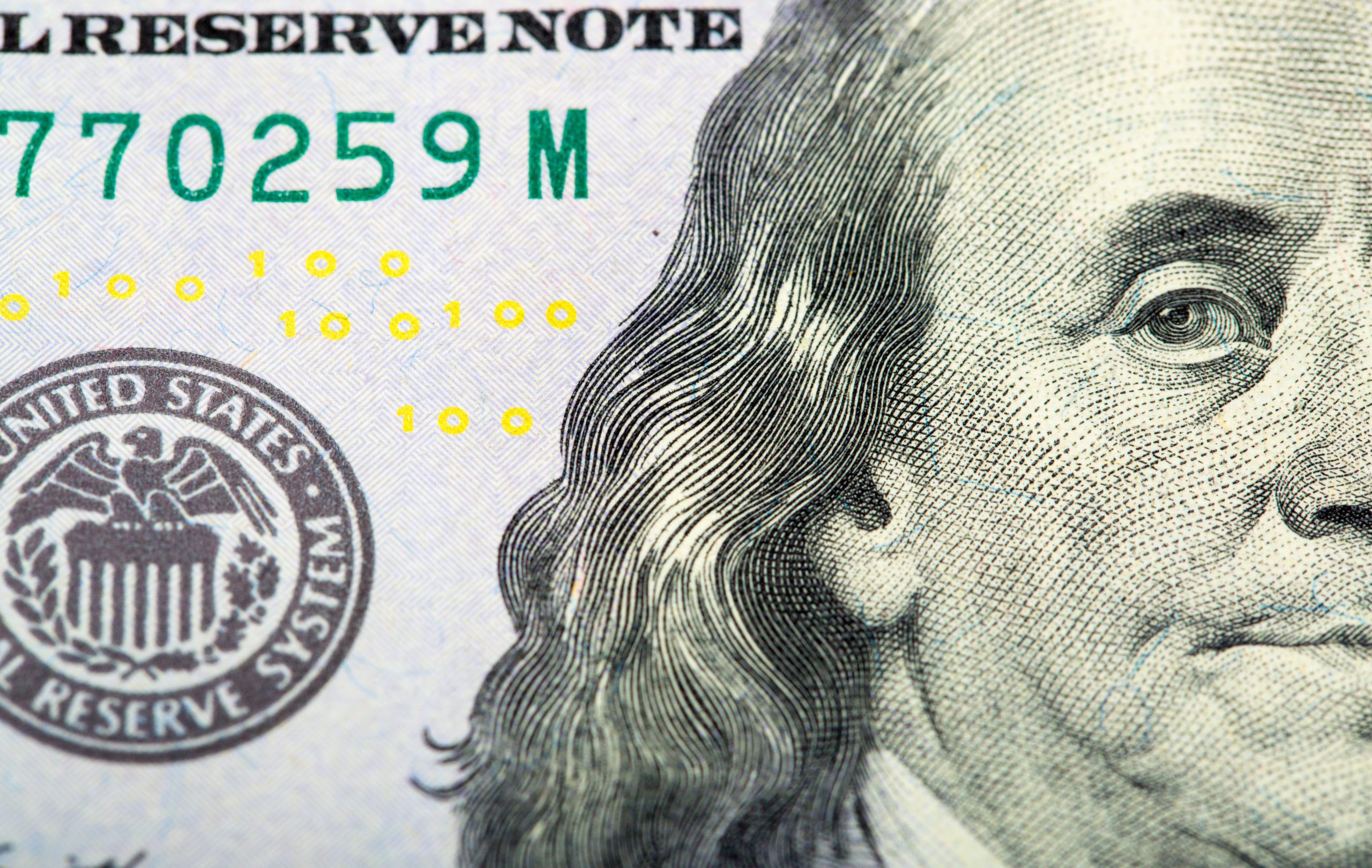Leading Through Inflation: A New Role for Innovation


Part 11 of 11. See All >
R&D, usually focused on the long term, tends to have a dominant psychology that sees itself apart from the day-to-day problems that besiege the company in an inflationary environment. R&D wants stable employment to prevent disrupting ongoing projects, and it doesn’t want to be the pawn of finance. But the new circumstances leave no room for complacency anywhere within the company.
Most R&D resources fall into one of three categories: long-term, “blue sky” projects that may yield important breakthroughs, projects aimed at making incremental changes in products or processes, and projects aimed at using new technologies to change product attributes or processes. A fresh look at the allocation of total R&D resources going forward three to five years is the first step in adjusting to the new environment.
The first priority of R&D in this economy is to focus innovation efforts—above all else—on the continuity of the business, on the products and services that will justify the higher prices that you will demand in the market.
In consultation with the CEO and CFO, R&D leaders must decide which resources and projects are to be preserved and which jettisoned. Remaining projects should be rank-ordered in terms of importance to the company in the post-inflation, post-recession world. And a determination should be made about partnering with other companies on some projects in order to free up research talent to concentrate on critical projects.
Work with marketing to determine which projects can be slowed and which need to be sped up to take advantage of market opportunities and competitive changes.
Be alert to opportunities to bring in new talent that will enable the company to profitably diversify its product offerings or find more efficiencies in operations.
Return to Inflation Home Page >


0

1:00 - 5:00 pm
Over 70% of Executives Surveyed Agree: Many Strategic Planning Efforts Lack Systematic Approach Tips for Enhancing Your Strategic Planning Process
Executives expressed frustration with their current strategic planning process. Issues include:
Steve Rutan and Denise Harrison have put together an afternoon workshop that will provide the tools you need to address these concerns. They have worked with hundreds of executives to develop a systematic approach that will enable your team to make better decisions during strategic planning. Steve and Denise will walk you through exercises for prioritizing your lists and steps that will reset and reinvigorate your process. This will be a hands-on workshop that will enable you to think about your business as you use the tools that are being presented. If you are ready for a Strategic Planning tune-up, select this workshop in your registration form. The additional fee of $695 will be added to your total.

2:00 - 5:00 pm
Female leaders face the same issues all leaders do, but they often face additional challenges too. In this peer session, we will facilitate a discussion of best practices and how to overcome common barriers to help women leaders be more effective within and outside their organizations.
Limited space available.

10:30 - 5:00 pm
General’s Retreat at Hermitage Golf Course
Sponsored by UBS
General’s Retreat, built in 1986 with architect Gary Roger Baird, has been voted the “Best Golf Course in Nashville” and is a “must play” when visiting the Nashville, Tennessee area. With the beautiful setting along the Cumberland River, golfers of all capabilities will thoroughly enjoy the golf, scenery and hospitality.
The golf outing fee includes transportation to and from the hotel, greens/cart fees, use of practice facilities, and boxed lunch. The bus will leave the hotel at 10:30 am for a noon shotgun start and return to the hotel after the cocktail reception following the completion of the round.